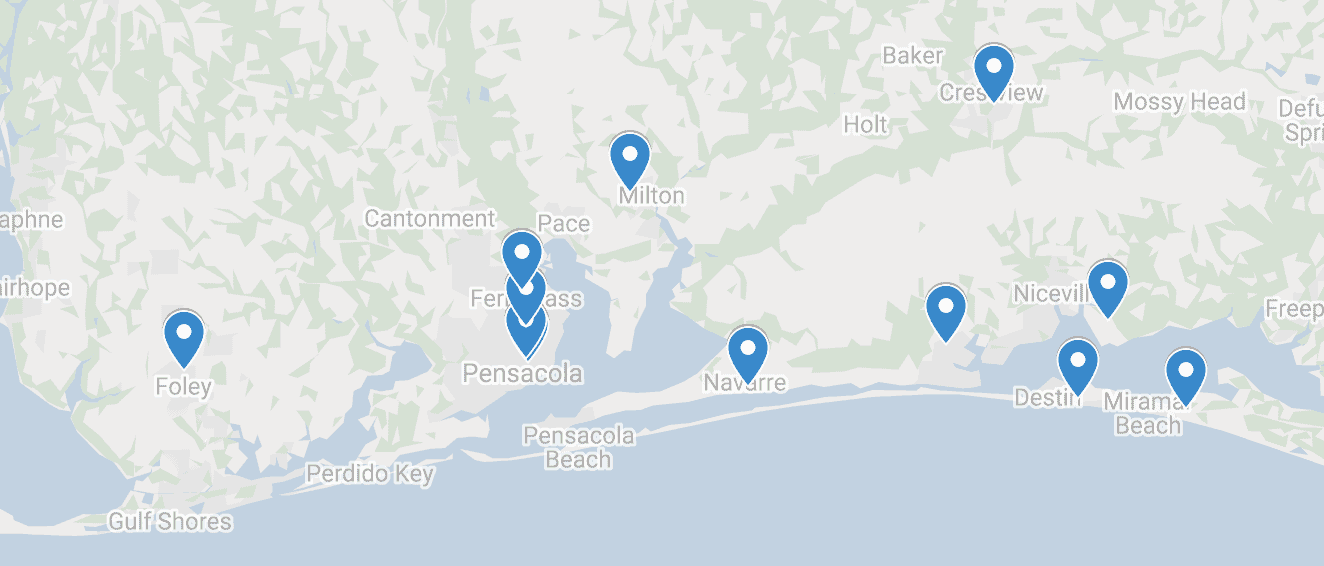Understanding Transjugular Intrahepatic Portosystemic Shunt (TIPS): An Innovative Intervention for Liver Health

The human body is a marvel of complexity, with each organ playing a vital role in maintaining overall health. The liver, in particular, is an essential organ responsible for numerous functions, including detoxification, metabolism, and blood clotting. When liver function is compromised, it can lead to a condition known as portal hypertension, which can have severe consequences.
“Transjugular Intrahepatic Portosystemic Shunt (TIPS) has revolutionized the management of portal hypertension, offering patients a minimally invasive solution with remarkable outcomes. We’re committed to providing our patients with the highest level of expertise and compassionate care, utilizing the latest technology and a multidisciplinary approach. Our goal is to enhance liver health and improve the quality of life for individuals facing liver-related challenges,” says Aaron Montgomery, M.D., Interventional Radiologist at Coastal Vascular & Interventional.
Understanding TIPS
Transjugular Intrahepatic Portosystemic Shunt, commonly called TIPS, is a radiologic procedure performed by an interventional radiologist. The process involves creating a shunt, or a passageway, within the liver to redirect blood flow and relieve pressure in the portal vein system. This technique bypasses the obstructed or narrowed blood vessels and allows blood to flow more freely.
The TIPS Procedure
Pre-procedure Evaluation: A thorough evaluation of the patient’s medical history and imaging studies is conducted before performing TIPS. This assessment helps determine the suitability of the procedure and identifies potential risks.
Anesthesia and Sedation: TIPS is typically performed under local anesthesia and intravenous sedation to ensure patient comfort throughout the procedure.
Catheterization and Shunt Placement: Using imaging guidance, an interventional radiologist inserts a catheter through a small incision in the neck or groin and navigates it to the liver. Once in position, the radiologist creates a shunt by connecting the portal vein to one of the hepatic veins using a stent-like device.
Post-procedure Monitoring: Following the TIPS procedure, patients are closely monitored to assess the effectiveness of the shunt and ensure optimal liver function. Periodic follow-up appointments and imaging studies are conducted to evaluate the shunt’s patency and overall liver health.

Benefits of TIPS
Portal Hypertension Management: TIPS effectively reduces portal hypertension by rerouting blood flow. This helps alleviate the symptoms associated with portal hypertension, such as ascites (abdominal fluid accumulation), variceal bleeding, and hepatic encephalopathy (brain dysfunction due to liver disease).
Minimally Invasive: TIPS is a minimally invasive procedure requiring only a tiny incision and typically has a shorter recovery time than open surgical techniques.
Avoiding Surgery: TIPS can be an alternative to traditional surgical interventions, providing a less invasive option for patients who are unsuitable for surgery or prefer a less invasive approach.
Coastal Vascular & Interventional is dedicated to providing state-of-the-art interventional radiology services, including TIPS procedures. Our team of experienced vascular surgeons and interventional radiologists combines their expertise with the latest imaging technology to deliver exceptional patient care.
If you or a loved one are facing liver health challenges and wish to explore TIPS as a potential treatment option, we encourage you to schedule an appointment. Our dedicated team is ready to provide the expertise, support, and personalized care needed to improve your quality of life and promote liver wellness.
Remember, there is hope, and innovative interventions like TIPS are here to make a difference in those affected by liver diseases.



